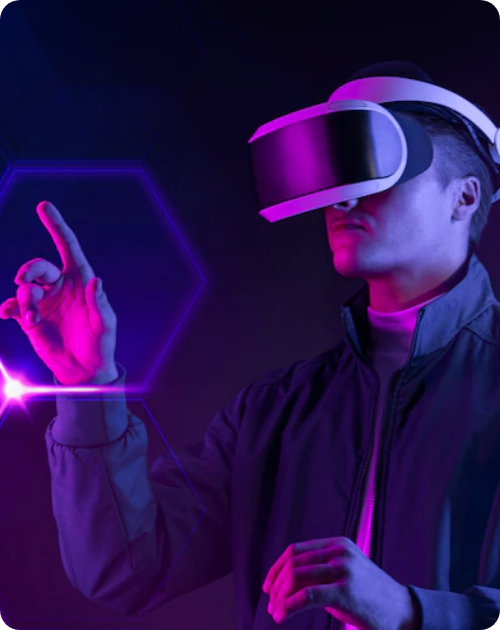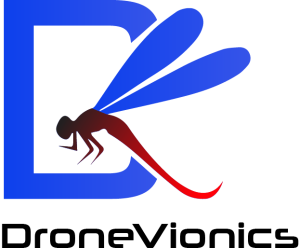Mechanical
Overview
Mechanical industry deals with the design, construction, and operation of machinery. Our team uses principles of physics, materials science, and engineering mathematics to design and analyze mechanical systems. These systems can include machines such as engines, turbines, pumps, and mechanical devices such as tools, robots, and transportation systems.
Mechanical industry is a broad field that encompasses many subdisciplines, including automotive engineering, aerospace engineering, and biomedical engineering. We work in a variety of industries, including manufacturing, automotive, aerospace, defense, and healthcare.
The DV Research team has many years of experience in simulating numerous issues in several CFD and FEA domains utilizing numerical modeling softwares; this enables us to offer services such as modeling, meshing, simulations and fundamentals.


An official contract will be set based on your project description and details.

As we start your project, you will have access to our Portal to track its progress.

You will receive the project’s resource files after you confirm the final report.

Finally, you will receive a comprehensive training video and technical support.
Design for the Future of Mechanical

The future of mechanical design will likely be shaped by a number of factors, including advances in materials science, the increasing use of computer-aided design (CAD) and simulation tools, and the need to design for sustainability and efficiency.
The use of digital tools in mechanical design is expected to continue to grow in importance. CAD software allows designers to create and analyze 3D models of mechanical systems, while simulation tools can help predict the performance of these systems under different conditions. By leveraging these tools, DV Research can reduce the need for physical prototypes, streamline the design process, and improve the efficiency and reliability of their designs.
Another key consideration in the future of mechanical design is the need to create sustainable and efficient systems. This may involve designing for energy efficiency, using renewable materials, and incorporating features that enable easy recycling or reuse of components. As concerns about the environmental impact of mechanical systems continue to grow, it will be important for designers to think about the long-term sustainability of their designs.
Overall, the future of mechanical design will likely involve a combination of new materials, digital tools, and a focus on sustainability and efficiency. DV Research accelerate the evolution of these technologies and trends with our expertise, to develop a wide range of innovative and highly functional mechanical systems.

Virtual Prototyping

Prototyping is the process of creating a model or rough version of a product or system in order to test its design or functionality. Virtually prototyping refers to the use of computer-aided design (CAD) software or other digital tools to create a virtual representation of the product or system being prototyped. This allows to refine their designs without the need to physically build and test a physical prototype. Virtual prototyping offers deeper insight into the design, working, structures and mechanisms of industrial systems, but also provides the foundation of numerical optimization through Machine learning and AI to enhance the operational efficiency.
There are many benefits to virtually prototyping, including the ability to quickly and easily make changes to the design, the ability to visualize and interact with the prototype in a 3D environment, and the ability to test the prototype under different conditions or scenarios. Virtually prototyping can also save time and resources, as it eliminates the need to build and test physical prototypes, which can be costly and time-consuming.
DV Research consider the virtually prototyping as a valuable tool and uses this technology to test and refine the design quickly without the need for costly and time-consuming physical prototypes.
Machine Learning and AI for Process Optimization
Process optimization is the practice of improving processes within a system to increase efficiency, reduce costs, and improve overall performance. Machine learning and artificial intelligence (AI) can be used to optimize processes in various industries and applications.
One way that machine learning and AI can be used to optimize processes is through the use of predictive analytics. Predictive analytics uses data and machine learning algorithms to make predictions about future events. This can be used to optimize processes by predicting bottlenecks or inefficiencies in the process and addressing them before they occur.
Another way that machine learning and AI can be used to optimize processes is through the use of automated decision-making systems. These systems can analyze data and make decisions based on predetermined criteria, freeing up human workers to focus on tasks that require more complex problem-solving or decision-making.


There are many other ways in which machine learning and AI can be used to optimize processes, including natural language processing (NLP) for automated customer service, image recognition for quality control, and machine learning-based optimization algorithms for supply chain management.
DV Research use machine learning and AI to improve process efficiency and effectiveness, resulting in cost savings and improved performance for the organization.
Unmanned Aerial Vehicle
Drones, or unmanned aerial vehicles (UAVs), have the potential to revolutionize the way mechanical industry is carried out, making it safer, more efficient, and more cost-effective. DV Research provides drone services for the following applications:
Inspections: Drones are used to inspect industrial equipment, such as wind turbines, pipelines, and bridges, for signs of wear or damage. This is especially useful in cases where it would be dangerous or difficult for a human to access the equipment.
Surveying: Drones equipped with sensors and cameras are used to survey large areas of land quickly and efficiently, providing detailed maps and 3D models that are used for a variety of purposes, including construction, land management, and resource exploration.
Mapping: Drones are used to create high-resolution maps of industrial sites, including details such as topography, vegetation, and the location of structures and infrastructure.
Monitoring: Drones are used to monitor industrial processes and gather data in real-time, helping to optimize operations and improve efficiency.
Transport: In the future, DV Research make it possible that drones could be used to transport materials and goods within industrial facilities, potentially reducing the need for human labor.

